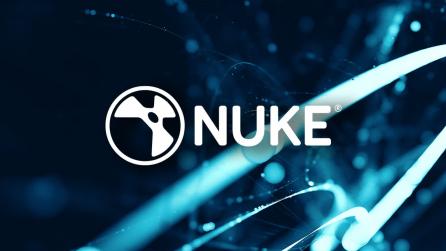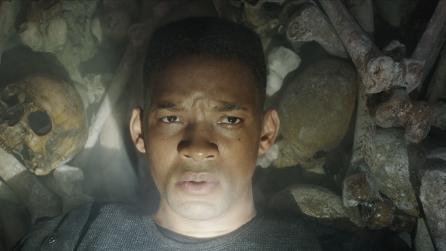Artist Spotlight: Ben McEwan
Ben McEwan on his Comp Newsletter, use of Nuke, and what he’d like to see from the tool in the future
If you haven’t heard of Ben McEwan, you should probably get acquainted. When he’s not bringing feature films to life as a compositing supervisor at Image Engine, Ben’s busy building his bi-weekly Comp Newsletter, filled with useful tools, tips and tricks for compositors at any stage of their career.
His authority on all things visual effects is well-founded, stemming from a life-long interest in the industry which bloomed when his dad introduced him to Star Wars at an early age.
“I was (and still am) obsessed with it,” Ben tells us. “I wanted nothing else but to know how what I was seeing could possibly end up on the screen. Naturally, I became interested in VFX as a result, picked up a demo of After Effects, and taught myself by imitating VFX shots I thought were cool.”
As life went on, Ben’s interest in visual effects endured, and at the end of his schooling he started to take his learning more seriously by teaching himself Nuke via online courses—and, of course, some good old trial and error.
Speaking of his early inroads into a career in visual effects, Ben comments: “I cut my teeth on some low-paying freelance work I found online, but my first real job in VFX was at Animal Logic in 2011, doing a hybrid job that was half production assistant, and half roto artist.”
Happily, the grind paid off: “I’ve had a pretty fruitful career across Australia & Canada since then,” Ben tells us. “A handful of notable projects I’ve worked on include Gravity, Chappie, Doctor Strange, Jurassic World, and more-recently The Mandalorian.”
Below, we catch up with Ben to discuss his Comp Newsletter in more detail, relationship with Nuke, and advice for burgeoning artists looking to get into compositing.
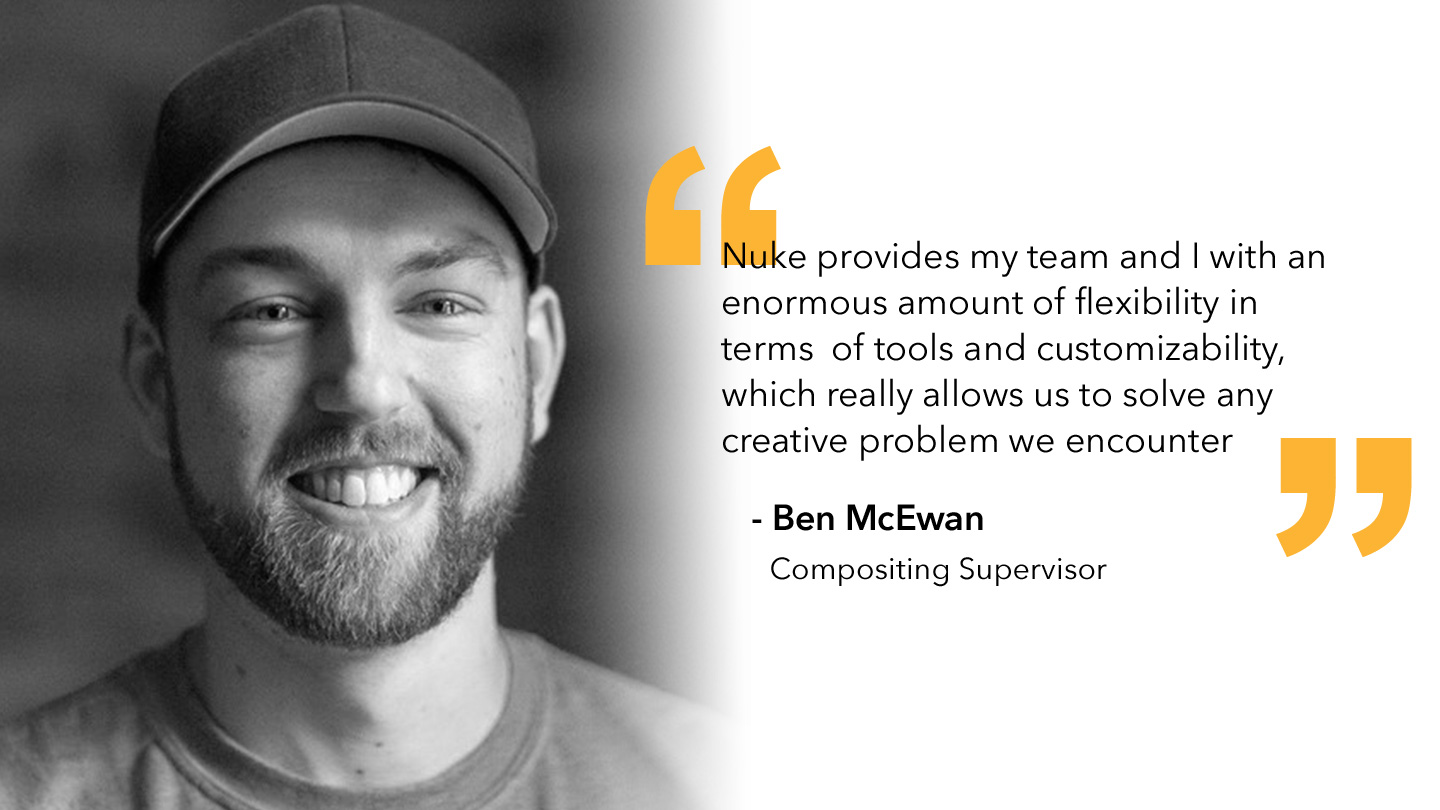
Q: What inspired you to write a newsletter? Can you give us some background and insight into how it came to be?
A: I started writing Ben’s Comp Newsletter at the beginning of 2018, as a result of my career shifting from an artist position to more of a leadership position. Naturally, as a lead or supervisor, you’re spending less time hands-on doing shots, and more time supporting your team.
I was worried my skills might start to atrophy if they weren’t constantly being used or thought about, and I also wanted to develop better communication skills in order to be a better leader for my team, so it seemed like starting a newsletter was a good way to achieve both these goals, while helping others at the same time!
It’s strictly related to compositing as that’s my chosen discipline, and what I know best. Additionally, there are so many websites and resources dedicated to modeling, texturing, lighting, etc. already, but there’s really nothing out there for compositors, especially those with more than a few years of experience.
I would have loved a comp-focused website to learn from in my early years of VFX, so I’m simply creating what I would have found useful back then. Writing Ben’s Comp Newsletter is also a good excuse to investigate what I would like to know now! Turns out, a lot of others find the same things interesting too.
The readership of Ben’s Comp Newsletter is primarily other professional compositors, and students wanting to learn more about Nuke. Although I’m always surprised to hear a lot of lighters follow along too!
Q: Can you tell us about your relationship with Nuke? How were you first introduced to it?
A: I was fortunate to come across Nuke when the VFX industry was transitioning from using Shake for compositing. At the time I was still using After Effects for fun as a teenager, but knew I needed to get up to speed with the “industry standard” software if I wanted to make a career out of it. Because of the migration away from Shake, there were places like FXPHD pumping out Nuke training, which I took full advantage of!
Q: Do you use Nuke for all of your projects? What problems does it solve?
A: Yep—while most studios have their own pipeline and IP, Nuke is pretty common among film & TV compositing pipelines. I like that Nuke provides my team and I with an enormous amount of flexibility in terms of tools and customizability, which really allows us to solve any creative problem we encounter in a predictable and efficient manner.
Q: What have been some of your most exciting projects to work on, and why?
A: The most exciting project for me to work on has been The Mandalorian, as it has brought my career full-circle from simply being obsessed with Star Wars as a kid. Plus, it’s always a fun time blowing things up!
Q: Can you talk about some of the Nuke features you find most useful in your work, and why?
A: It’s difficult to choose a favorite feature, as that’s really dependent on each specific projects’ challenges and requirements. But in general, the simplicity of a procedural node-based workflow is great for two reasons:
- It allows me to see my entire thought process on a shot at a glance.
- I only have to complete a specific step or task once, and can rapidly re-use it in many places throughout my shot as needed.
I also like how easy it is to create custom gizmos and python scripts to solve specific challenges, and that Nukepedia exists for artists to share these tools!
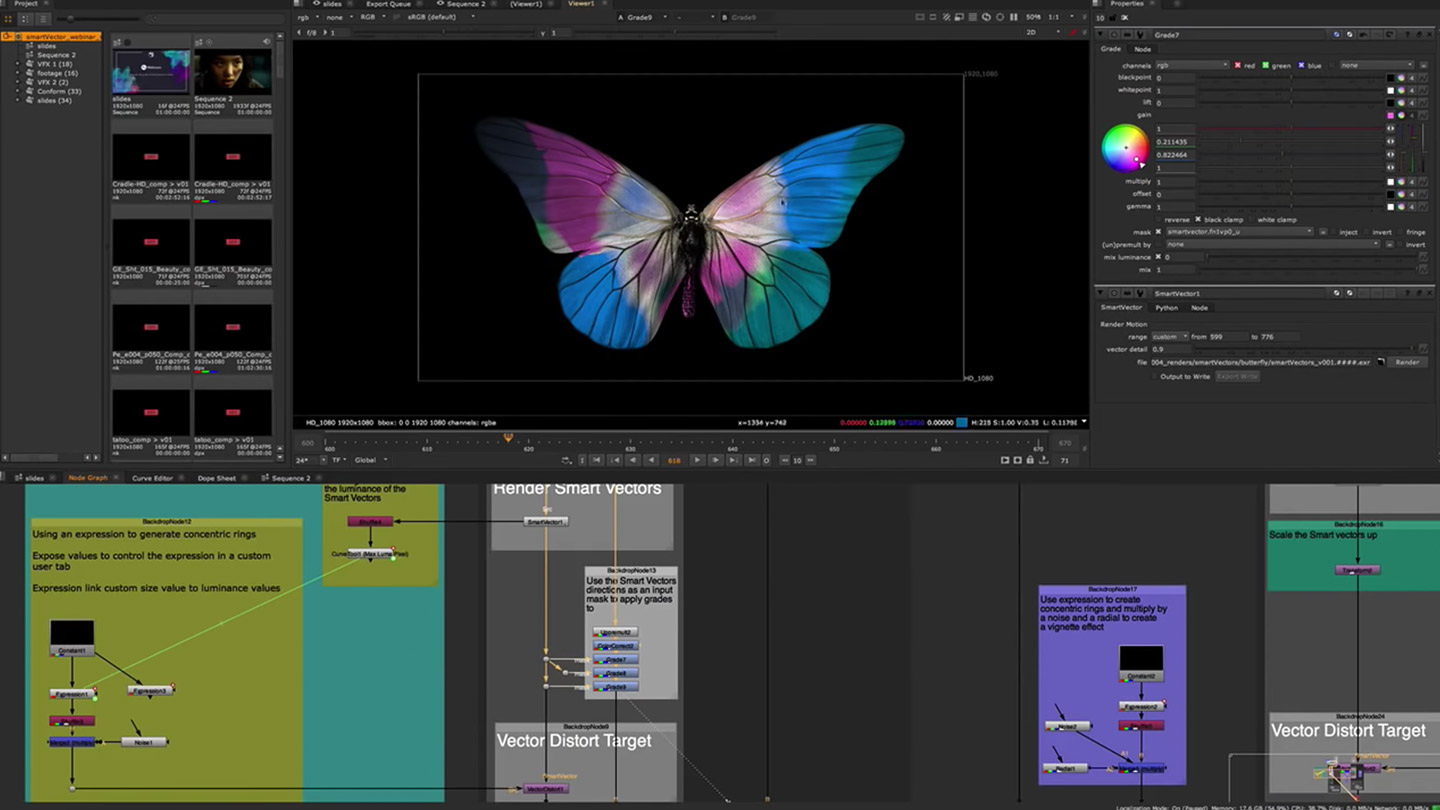
Q: Are there any upcoming features you would like to see in Nuke in the future?
A: Definitely—while Nuke is already feature-packed, there are a ton of other features that could be added to help artists better solve their creative problems. It’s beneficial to look towards the global compositing community and the types of gizmos they’re making, as it’s a great barometer for the types of challenges folks are needing to solve. While I have plenty of ideas, I’ll name just a few:
- Better animation tools. It’s not too often that a compositor has to do any serious amount of animation, but when they do, the current tools can be a little cumbersome to work with. Taking inspiration from other software, having features such as animation layers and more intelligent / faster curve smoothing options (e.g quick ways to ease-in, ease-out, etc.) would be quite beneficial.
- A better way to deal with contaminated edges. Whether rotoing defocused/motion-blurred edges or trying to fix a tricky de-spill on a greenscreen/bluescreen plate, fixing edges is one of the more time-consuming tasks a compositor will come up against. Currently, the best method is to use the EdgeExtend node or a different flavored edge-fix gizmo to stretch existing pixels out so that they cover the problem areas.
With the rise of Machine Learning & existing technology in Smart Vectors / Optical Flow, I feel it wouldn’t be impossible to create a node that can detect a pixel’s direction (think Normals) and velocity, and intelligently fill in the RGB values for semi-transparent pixels.
Q: Are there any upcoming trends in the industry and compositing that you are particularly excited about?
A: I’m particularly excited about the potential Machine Learning could bring to our industry. I’m all about finding ways to reduce the time I spend on boring/repetitive tasks, so I can free up more time for the fun, creative work. As an example of this, I taught myself Python a few years ago, which is the single most effective thing I’ve done to “automate the boring stuff”. It changed the way I work so significantly I authored a course to help others do the same!
I feel Machine Learning is a natural extension of this mindset, for all areas of VFX. Before Smart Vectors existed, compositors would have to laboriously track and warp different areas of their plates to get anything to stick to an organically-moving object.
There are tons of really cool projects others have been working on at the moment such as “Deep Fakes” to take the pain and high-cost out of face replacements, finding ways to automate roto, and using ML models to assist artists in creating more lifelike facial animation, etc. It’s all super inspiring!
We’re kind of at this point where we’re standing at the edge of the cliff of potential, and I’m excited to see what developments are made in the next few years, as I’m sure they’ll change the way we all work, for the better.
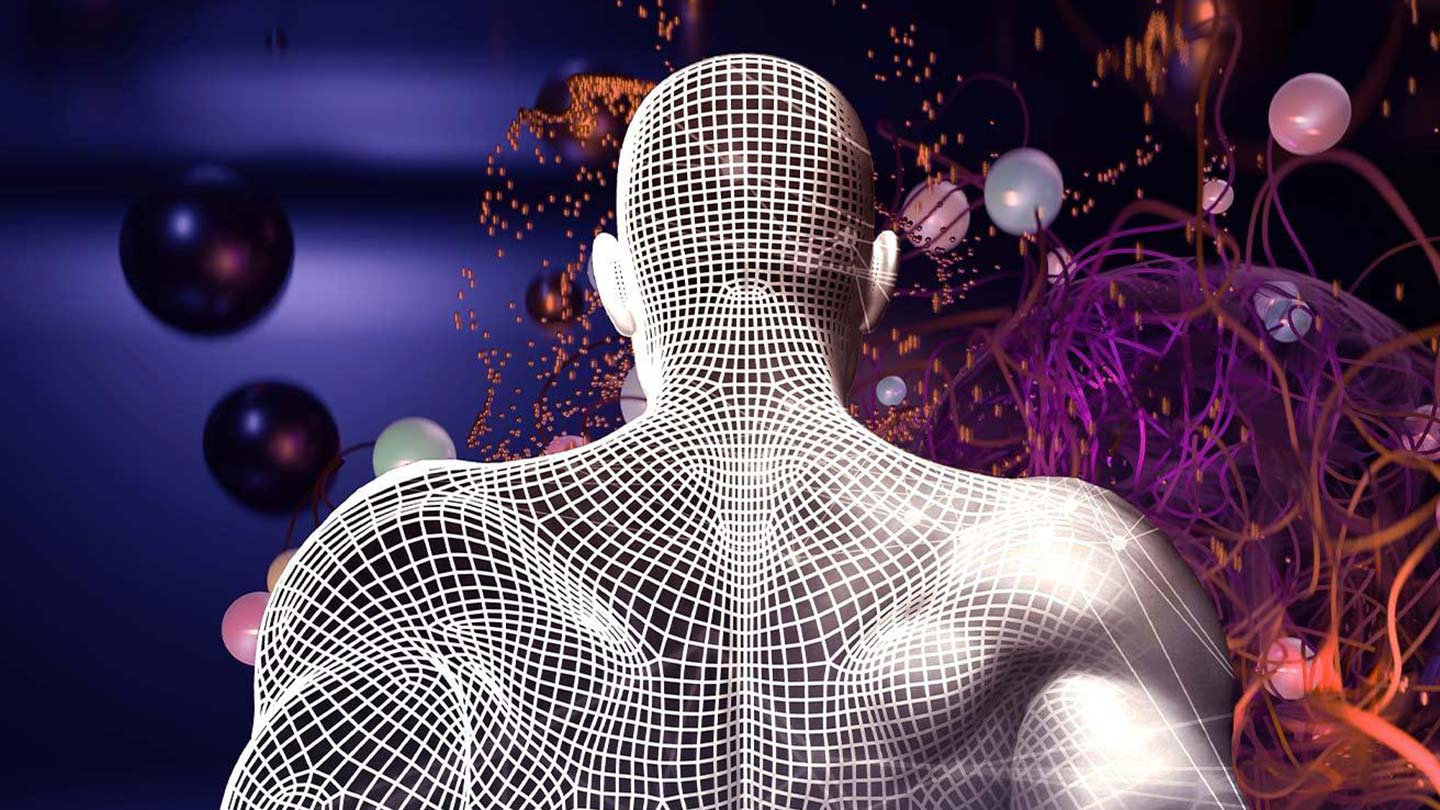
Q: Do you have any advice for artists looking to get into compositing?
A: It sounds overly simplistic, but my answer is, “if you want to be a compositor, you just have to composite things”. Olympic swimmers don’t get in the pool for the first time and win gold medals, nor do chess players become champions just because they can beat their wise grandpa. To be a compositor, you have to put in the work to learn the skillset, develop your artistic eye, and get good at utilizing your software of choice effectively.
We’re at a point where you can learn just about anything online, so it’s never been easier to get into compositing or VFX in general. But even though plenty of tutorials exist, there’s no substitute for actually doing the work. After you’re familiar with the basics, find shots from movies that inspire you, and try to recreate them. If you can figure it out without a tutorial spoon-feeding you the steps, you’ll learn 10x more and become better-adapted to any challenges that get thrown your way in the future -- this is, in my opinion, the most valuable skill you can develop.
Check out Ben’s work, and subscribe to his newsletter, here.
Watch Ben’s webinar on How to improve your Nuke workflow with Python scripting, here.
Want to put Ben’s advice into practice?
